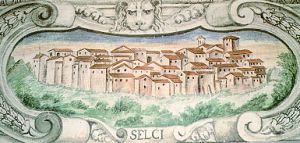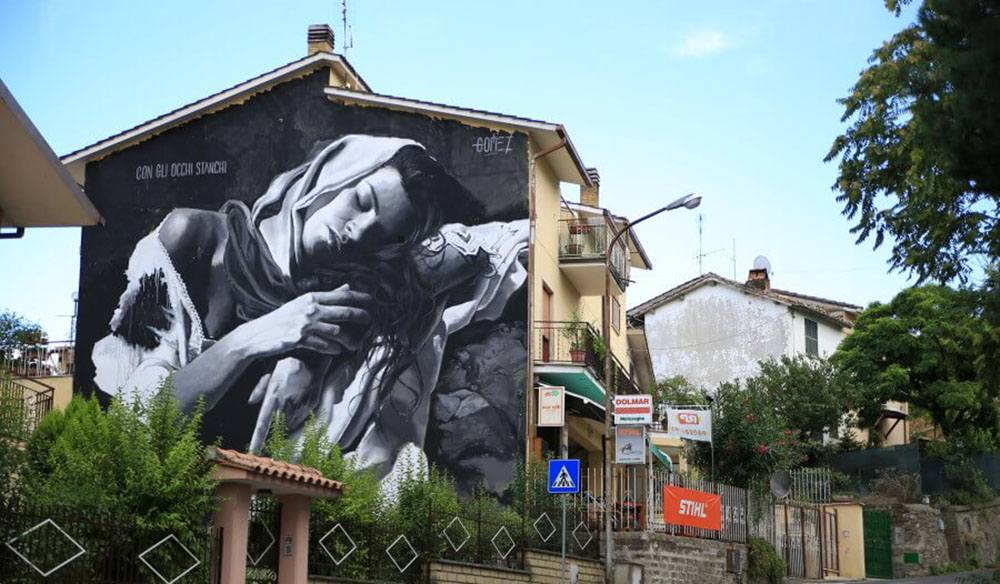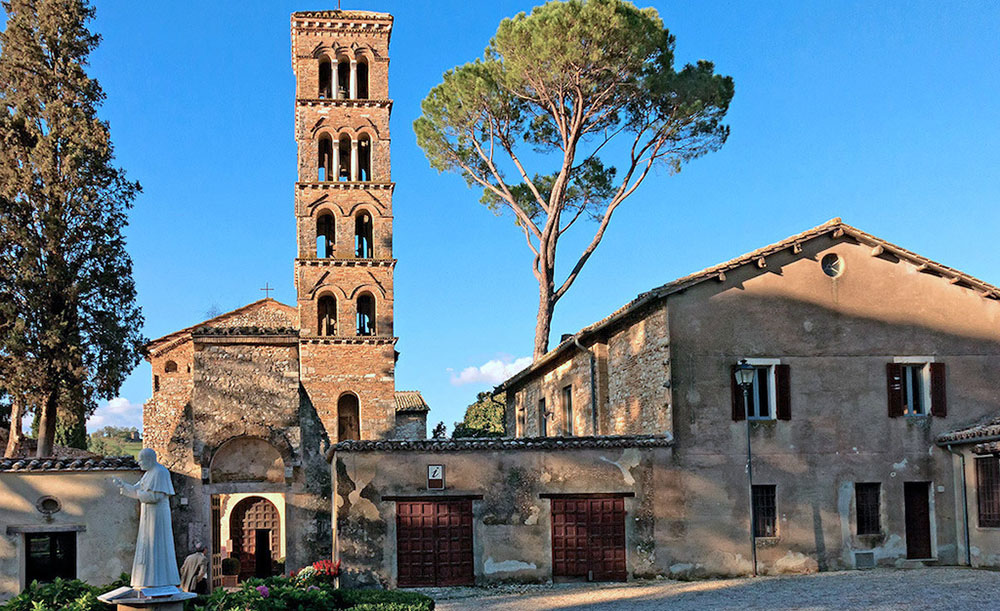The name Selci is due to the Roman road paved in black flint that crossed the village and its birth dates back to around the 10th-12th centuries.

A strategically important centre, the town developed on a hill, following the barbarian invasions and the phenomenon of fortification.
Fortified walls protected Selci from external attacks and even today a massive square tower overlooks the town.
The arch of Porta Urbana, Rocca Castri, once equipped with an imposing door, prevented access to anyone approaching after sunset.

The Selcians are proud of their traditions and the cultivation of vineyards and olive groves, favoured by the mild climate and the particular exposure, one of the testimonies of continuity with the past. In the streets of the village, time seems to have stopped, while the visitor can admire the alleys, small squares and churches rich in art.
2 km from the town, among the most famous and important monuments of Sabina, we find the Sanctuary of Vescovio and its beautiful bell tower.

Santa Maria di Vescovio
The area of Selci spreads over an area of 7.76 km2 and is made up of rural agglomerations, scattered on the hills, which take their name from the characteristic of each place, such as “Contra” (Contrada), “Rusciano” ( Stream), “Aurano” (Aurea) wheat hill, “Pantano” muddy ground.
All these small towns, however, have in common good food, lonza, capocollo, ham with appetizing bruschetta, but the star of the typical cuisine here is the porchetta, a product that has become typical of the village, the result of an experience that has been handed down from generation to generation.
Its particular flavouring and special cooking give it a unique fragrance, definitely worth trying.
